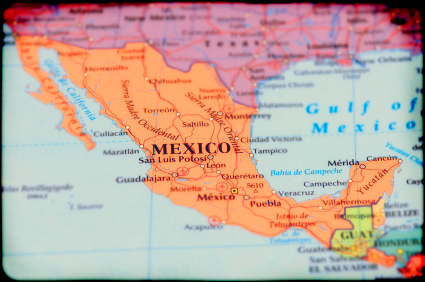
With the tightening of border enforcement under the Trump administration, many Central Americans are choosing to stay in Mexico. Consequently, the Mexican city of Monterrey has become part of the new "American dream".
The metropolitan area of Monterrey is located in the northern state of Nuevo Leon, which shares a border with south Texas. As a result, Central Americans often use Monterrey as a transit stop before they continue on to the U.S.-Mexico border. However, the city has also become a recipient of migrants who no longer want to take the risk of crossing the border.
According to a professor from the University of Monterrey, the capital of Nuevo Leon is an attractive city for any migrant given the employment opportunities that exist. Professor Philippe Stoesslé explains: "There are a number of employment options that those based in the metropolis do not want, such as manual labor for Metro Line 3, which is a source of employment for Central Americans. Thus, there is a 'circular' migration in Mexico that moves as employment is found." Both Mexican and foreign migrants in the area work in construction, mechanic shops, factories, or farming. While some of the Central American migrants have been able to integrate themselves into the formal economy, others opt to beg for money on street corners throughout the city.
Monterrey plays host to an estimated 3,500 Central American migrants, primarily Hondurans and Guatemalans. Professor Paulo Cuéllar Martinez of the Autonomous University of Nuevo León recommends that these migrants be incorporated into the formal economy by giving them jobs. Otherwise, they could be recruited into criminal activity and become a social problem.
The decision made by Central Americans to stay in Mexico may be attributed, at least in part, to the rhetoric of the Trump administration and its gradual return to immigration enforcement. The year-to-date totals for FY 2017 show a 19 percent decrease in apprehensions and inadmissible persons at ports of entry along the Southwest Border, in comparison to the same period in FY 2016. However, in May and June U.S. Customs and Border Protection (CBP) saw an increase in apprehensions and inadmissible persons after seven months of a downward trend. (It should be noted that the increase over these two months still represent a significant decrease in comparison to apprehensions and inadmissible persons during the same period in FY 2016.) This raises the question of whether the administration's rhetoric and enforcement actions thus far are sustainable deterrents or are losing their effect — in which case the upward trend seen in the last two months could continue.
